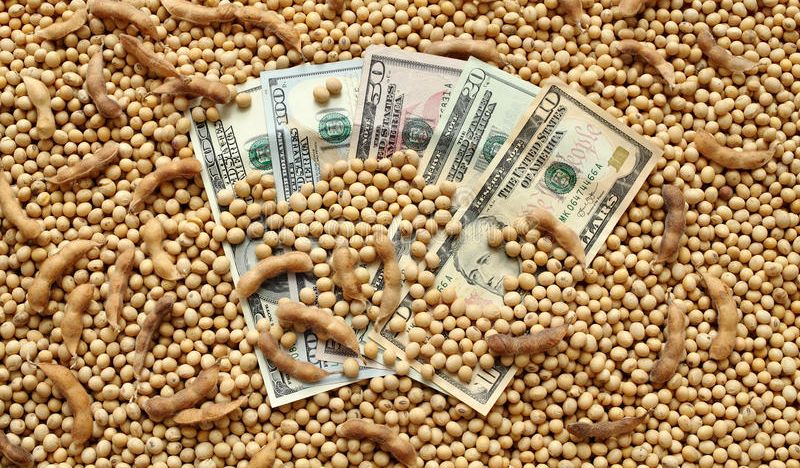New rate pushes weekly Argentina soy sales above 2mn t

Argentina’s farmers sold almost eight times as many old-crop soybeans in the week to 7 September, compared with sales a week earlier. The jump followed the change in the country’s economy policy, under which since early September soybeans are allowed to trade at a rate higher than the official exchange rate, but below the unofficial market or “blue” rate.
Old-crop soybean sales totalled 2.1mn t on 1-7 September, with 54pc of the volume sold internally to local crushers and the remainder destined for export.
The share of soybean sales destined for export rose on both the week and the year as international buyers took advantage of softening Argentinian prices. China has reportedly booked around 40 cargoes of Argentinian beans for September shipment at premiums to Chicago-listed soybean futures close to $2.90/bushel cfr, at a ¢70/bu discount to Brazilian offers.
And offers of US new-crop soybeans for October shipment have been slow to emerge, leaving Argentinian traders plenty of room in the market to liquidate fresh deliveries from farmers.
Greater soybean exports should temporarily boost foreign currency reserves — one of the key aims of the government’s soy dollar rate — in a country that has been battling with a declining peso as well as high levels of inflation.
But the exclusive dollar rate is currently due to expire on 30 September, and cumulative soybean sales for the outgoing marketing year were still down by 15pc on the year at nearly 25mn t as of 7 September.
Argentina’s weekly sales slowed to as low as 256,000t in August, as farmers held onto crops as a form of hedging against rapidly declining exchange rates.
Argentina’s wheat sales rose, while corn sales fell in the week to 7 September, with some market participants speculating over whether the soy dollar rate might be tweaked to include other crops.
New-crop wheat sales rose by four-fifths on the week to 18,000t in the last reporting week, driven by demand from domestic buyers, but remained markedly down on the year as exporters struggle to compete with international prices. For now, Argentina’s market focus remains on old-crop product, with both export and domestic sales rising on the week — to 49,000t and 79,000t, respectively — and cumulative volumes sold reaching 21.9mn t, up from 15.8mn t a year ago.
Meanwhile, farmers sold 148,000t of new-crop corn and 892,000t of old-crop product on 1-7 September, with these figures down by 40pc and 24pc on the year, respectively. Cumulative sales were also below the previous year’s levels — at 4.5mn t for new crop and 38.9mn t for old crop, down by 2mn t and 849,000t on the year, respectively.
On feed barley, old-crop sales slowed as the cumulative volumes sold — 2.5mn t — remain almost double their figure at the same time last year. And cumulative new-crop sales of 513,000t remained relatively low and far behind last year’s levels of 1.1mn t, as international buyers find it easier to switch to other grains to meet feed demand at current global prices.
Tags: export, prices, soybeans, sales, futures, Market, Argentina, old crop
Read also
GASC holds wheat purchasing tender
Sunflower oil becomes cheaper amid falling prices for palm and soybean oil
Insights into the new export region. Production and export trends and forecasts in...
Ukraine. Grain transportation by rail breaks records in Q1 2024
Suedzucker sees lower annual profit on costlier sugar production
Write to us
Our manager will contact you soon












